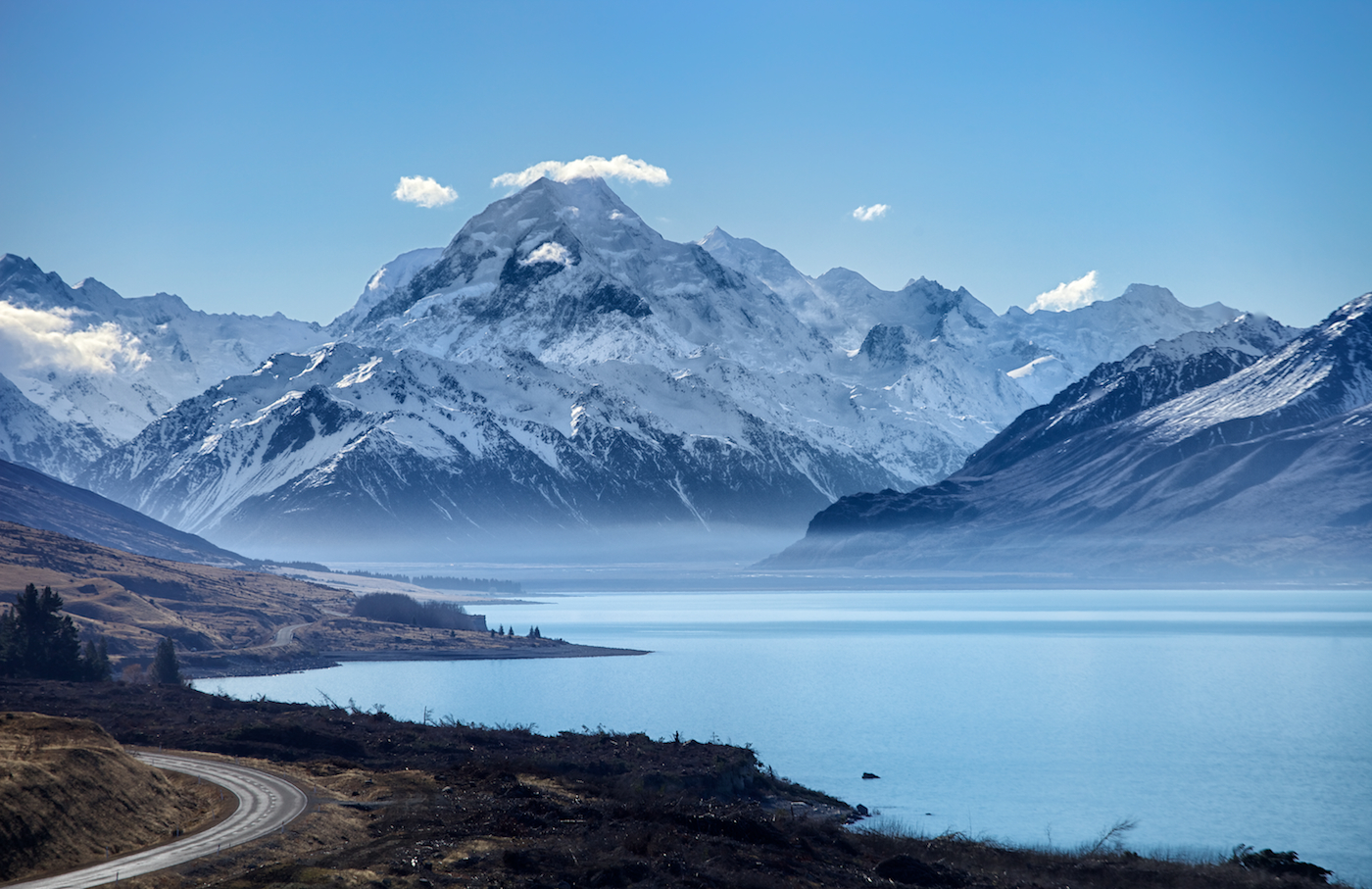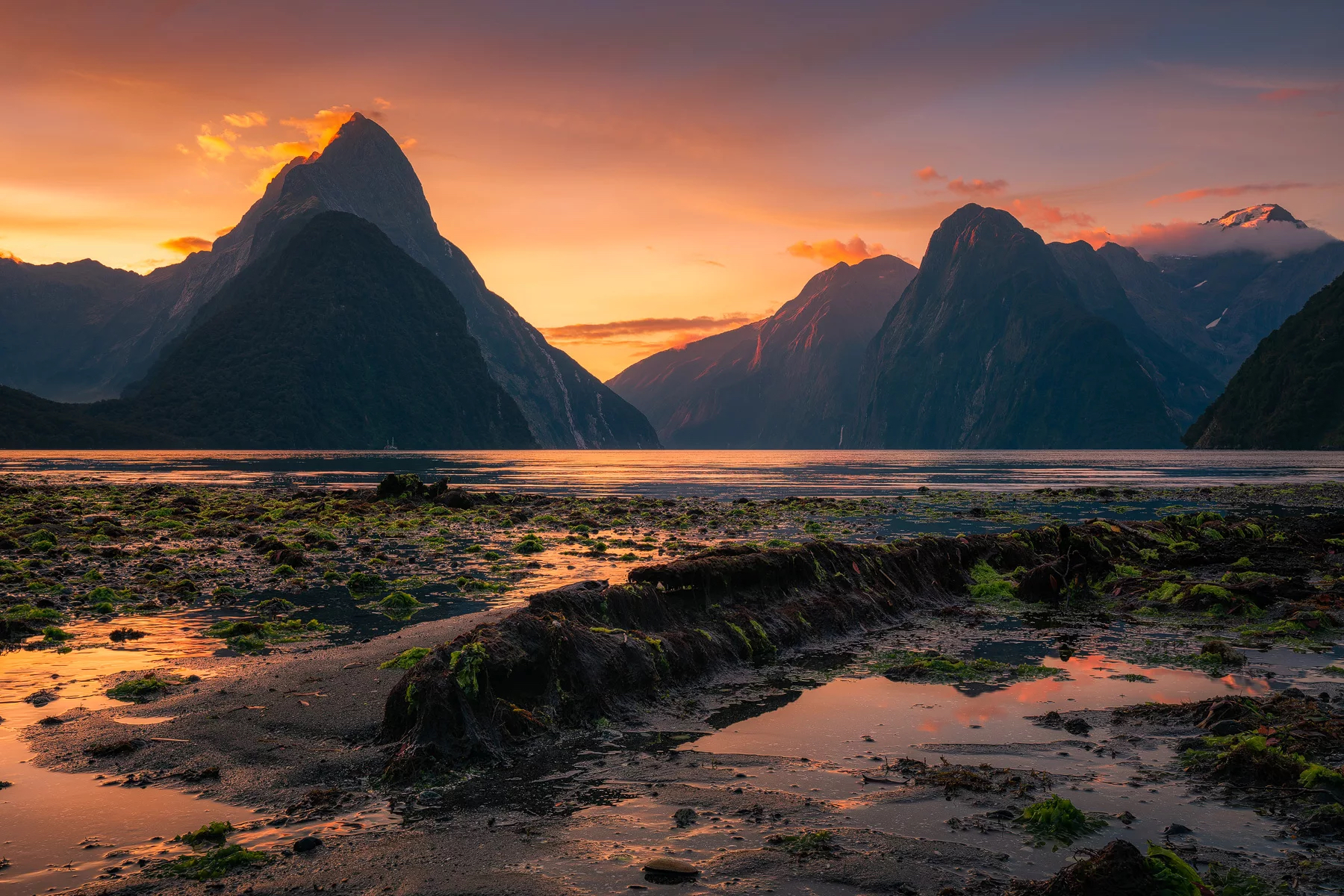June 24, 2023
BEST PLACES TO FREEDOM CAMP IN THE SOUTH ISLAND OF NEW ZEALAND

There is no better way to explore New Zealand than in one of our slide-on campers. You have the freedom to go wherever your ute will take you – the only limitation is your imagination. Explore the inner and outer depths of the stunning South Island, and create memories that last a lifetime.
New Zealand’s South Island is renowned for its stunning natural landscapes, making it a paradise for freedom campers. From the rugged Southern Alps mountain range to the pristine lakes, and fun coastal wonders, there is nowhere better to explore and appreciate the unspoiled beauty the South Island has to offer.
Abel Tasman National Park
Summer is a popular time to visit Abel Tasman National Park, but the shoulder seasons, which include spring and autumn, can also be the perfect time to explore. Check out some of the reasons you won’t want to miss what the shoulder seasons have to offer:
- Tranquillity: During the shoulder seasons, there are a lot less people around than during the peak summer months. This gives you the peace and serenity to immerse yourself fully in the nature.
- Mild Weather: The shoulder seasons in Abel Tasman National Park often bring mild weather conditions. You can enjoy the outdoors without the intense heat of the summer months.
- Calm Waters: The sea conditions are generally calmer compared to summer. This creates ideal conditions for the boat or taking the jet ski out.
- Wildlife Encounters: With fewer people around, animals may be more active and visible. You could get to spot some native birds, seals, and other wildlife during this time.
- Vibrant Natural Colours: In spring and autumn, the park showcases vibrant colours. During the Spring months, the blooming wildflowers and blossoming trees are out in force, while autumn brings colourful foliage.

Aoraki/Mount Cook National Park
Aoraki Mount Cook National Park, located in the central part of the South Island of New Zealand, has some of the most majestic mountains, vast glaciers, and alpine landscapes you will ever see. Check out some key features about Aoraki Mount Cook National Park:
- Aoraki/Mount Cook: The park is named after Aoraki/Mount Cook, New Zealand’s highest mountain. Standing at 3,724 metres (12,218 feet), it dominates the skyline and serves as the centrepiece of the park.
- Glaciers and Permanent Snow Fields: Aoraki Mount Cook National Park is characterised by its extensive glaciers and permanent snow fields. The Tasman Glacier, the largest glacier in New Zealand,
- Alpine Landscapes: The park showcases alpine landscapes in their purest form. The stark contrast between the snow-covered peaks and the surrounding alpine meadows and tussock grasslands makes for stunning scenery.
- Starry Skies: The park is the perfect spot for stargazing and astrophotography. It has been recognised as an International Dark Sky Reserve, with minimal light pollution and providing breathtaking views of the stars and the Milky Way.
- Hiking and Outdoor Activities: The park offers a range of hiking and outdoor activities for visitors. Outdoor enthusiasts can also enjoy mountaineering, skiing, glacier exploration, and scenic flights.

Fiordland National Park
Fiordland is home to the untouched wilderness, and some of the purest natural landscapes. The deep fiords, dense forests, and dramatic waterfalls create a captivating environment that really gets you immersed into nature’s unspoiled beauty. Make sure Milford Sound and Doubtful Sound are on your to do list, you won’t be disappointed.
- Size and Environment: Fiordland National Park covers a vast area of approximately 1.2 million hectares (2.9 million acres). It encompasses a diverse range of landscapes, including mountains, lakes, fiords (or fjords), and rainforests.
- UNESCO World Heritage Status: Fiordland National Park has been recognized as a UNESCO World Heritage site due to its exceptional natural beauty and unique ecological significance. The park is home to a wide variety of endemic plant and animal species, many of which are found nowhere else in the world.
- Fiords: The park is renowned for its iconic fiords, including Milford Sound and Doubtful Sound. These deep, narrow inlets were carved by glaciers over millions of years and are characterised by towering granite cliffs, cascading waterfalls, and pristine waters. Exploring the fiords by boat or kayak is a popular activity for visitors.
- Great Walks: Fiordland National Park is home to three of New Zealand’s famous Great Walks: the Milford Track, the Kepler Track, and the Routeburn Track.
- Wildlife: Fiordland National Park is home to a range of unique and endemic wildlife species. The park is known for its populations of native birds, including the rare and endangered takahē and the kea, a mischievous alpine parrot.
